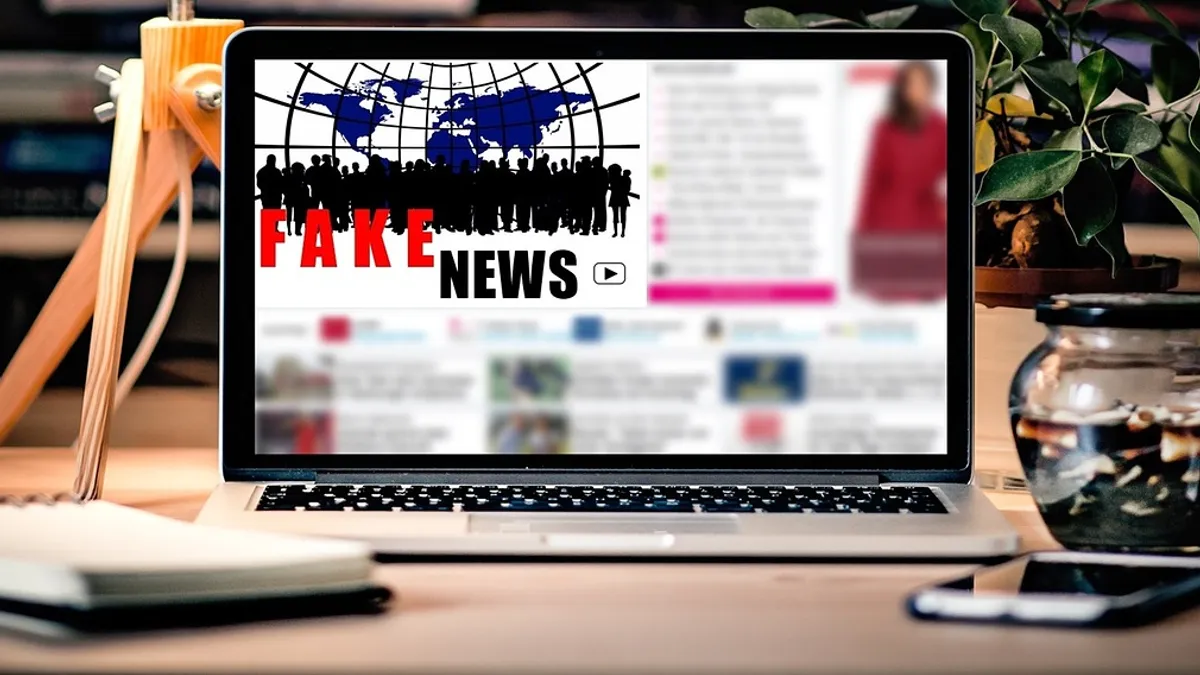Dive Brief:
- According to a survey of 400 programmatic decision makers from Yahoo’s BrightRoll, 96% are concerned about fake news in programmatic advertising.
- In response to misleading content on publisher websites, 31% of programmatic advertisers will respond by reducing spend with programmatic partners with inventory associating brands with fake news while 43% will blacklist fake news publishers. A smaller number will deal with fake news publishers on a case-by-case basis (16%) or simply maintain their current spending regardless of the fake news issue (11%).
- A majority of marketers, 55%, will put more pressure on ad tech partners to screen publishers for fake news while 41% will employ more granular site targeting, 35% will use a whitelist, 27% will shift from open exchanges to private buying and only 8% are planning to not take any action.
Dive Insight:
The BrightRoll data is focused on fake news and does not address another major programmatic issue advertisers have which is ad fraud. Still, the overwhelming 96% of programmatic decision makers who said misleading content is a top concern should put publishers and ad tech firms on notice.
Programmatic digital advertising has grown quickly over the past few years and is expected to be the fastest-growing channel in 2017, according to Zenith's Programmatic Marketing Forecasts. It is expected to account for 58% of digital display expenditure.
However, these numbers belie a shift in attitude toward programmatic, with marketers looking for ways to gain more transparency and control over the automated process.
A recent ANA report outlined a number of issues with programmatic buying, including non-disclosed arrangements between marketers and agencies and a lack of standards that makes it difficult to analyze costs and effectiveness.
There is also growing evidence that marketers are rethinking their approach to programmatic, which is echoed by the Brightroll survey. Last month, P&G broke with its programmatic tech partner AudienceScience and is now working with multiple vendors. In March, Chase tweaked its programmatic approach, reducing the number of websites running its ads from 400,000 to just 5,000 with little change in cost or visibility.
Fake news as a concern gained prominence during last year's election cycle with ad-supported websites created for nothing more than fake news stories earning huge numbers of social media clicks, especially gaining traffic from Facebook. Even some more legitimate publishers ran content that was questionable, leaving brands running ads next to news items that later proved to be false.














